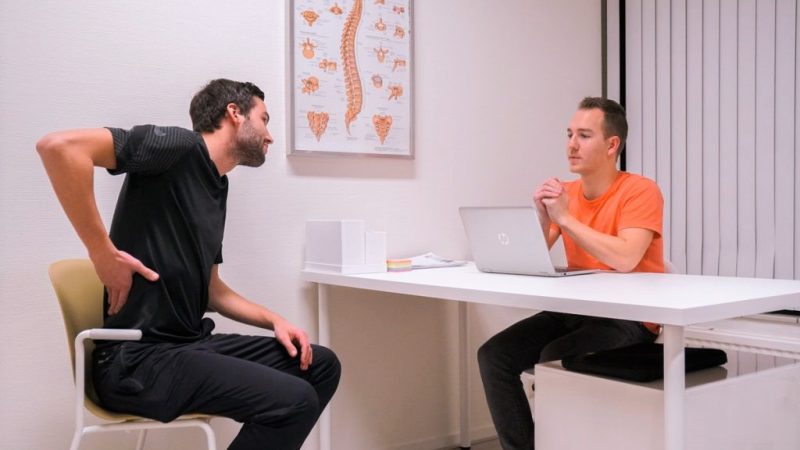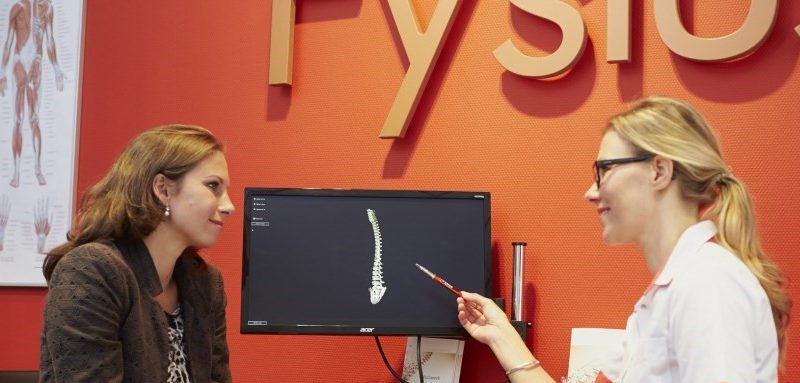“Evidence-based treatment was really important to me”
As a medical scientist working in pathology, Valerie Jenkins spent her days testing for disease and providing data for diagnoses and patient care. Medical scientists are sometimes called the ‘unsung heroes’ of the medical world, with the evidence they produce described as the basis of all clinical medicine.
So when it came to addressing her long-term back pain, finding an evidence-based treatment program was critical to Valerie’s confidence in its efficacy. “Evidence-based treatment was really important to me,” Valerie explains. “To see the data from the getback assessments was important to me, to understand what was going on.”
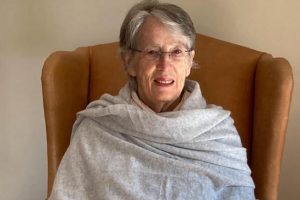 Valerie is a medical scientist working in pathology.
Valerie is a medical scientist working in pathology.
getback uses DAVID medical rehabilitation devices to enable targeted, safe and progressive exercise for the deep spinal muscles associated with back or neck pain. The devices, which are included in the Australian Register of Therapeutic Goods (ARTG) as Medical Devices Class 1, record spinal muscle strength and mobility data during every treatment for review.
Chronic back pain treatment is successful with data-driven exercise therapy
Valerie’s road to getback was a long one. She first noticed back pain as far back as the 1980s, but it got progressively worse in the last decade.
“Around 2010 I started to have more back pain,” Valerie says. “When I was riding the bike, after 5 or 10 kilometers I’d have to lie down on a nature strip and rock from side to side, to relieve the pain. I had a couple of radiofrequency neurotomies for problems with my right sacroiliac joint.”
“Then during 2022 I had a really bad episode of pain in my upper back, below my shoulders.”
Valerie had been taking anti inflammatory medication for some time but was told by a physician that she needed to limit her usage. “He said you should only take them for three or four days,” Valerie explains.
“So that was another reason why I needed to do something extra to help me.”
She needed to target the muscles around her spine to improve both her stability and mobility.
Valerie consulted with Dr. Dan Bates at Metro Pain Clinic. Dr. Bates suggested she needed to target the muscles around her spine to improve both her stability and mobility. “Dr. Bates suggested I go to getback, so I started going in about June last year.”
Exercise data proves spinal mobility and strength gains
getback Head of Exercise Physiology Adam Cabble created a personalized program for Valerie focused on strengthening and mobilizing her deep spinal muscles.
 The EVE report proves improvements in Valerie’s spinal mobility, strength, and strength balance.
The EVE report proves improvements in Valerie’s spinal mobility, strength, and strength balance.
Valerie recently completed her initial treatment program. The EVE report shows huge strength gains in most areas of her back and pleasing improvements in her mobility (see chart above).
“I have just felt so much better. And I’ve been able to do so much more” says Valerie.
“It’s the small things you notice. Before when I was driving, I couldn’t move my head properly sideways to see out of our street, so it was very difficult to turn right. Now I can do that easily.”
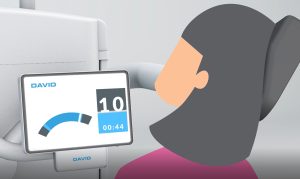 The DAVID lateral flexion device guides the correct range of motion, speed, and number of repetitions during each exercise.
The DAVID lateral flexion device guides the correct range of motion, speed, and number of repetitions during each exercise.
Exercise therapy decreases need for pain medication and prevents pain problems
After years of seeking to reduce her pain, she has been able to stop taking medication.
Valerie was given a prescription for Amitriptyline and the doctor said ‘if you get that severe pain again, just take it.’ Luckily Valerie has not had to rely on the pain medication as she says “I haven’t taken any, I haven’t needed to.”
I go twice a week…It’s more about managing the pain and being able to continue doing what I can do.
Valerie has chosen to continue with a maintenance program at getback to achieve her strength goals. “I go twice a week and that’s been really good,” Valerie says. “It’s more about managing the pain and being able to continue doing what I can do. And the staff are so supportive, it’s a pleasure to go there and see them.”
Valerie is not back on the bike, yet… but the data shows she’s on track for long-term spinal health.
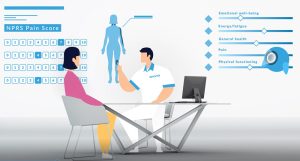
 Malaysia
Malaysia 






















